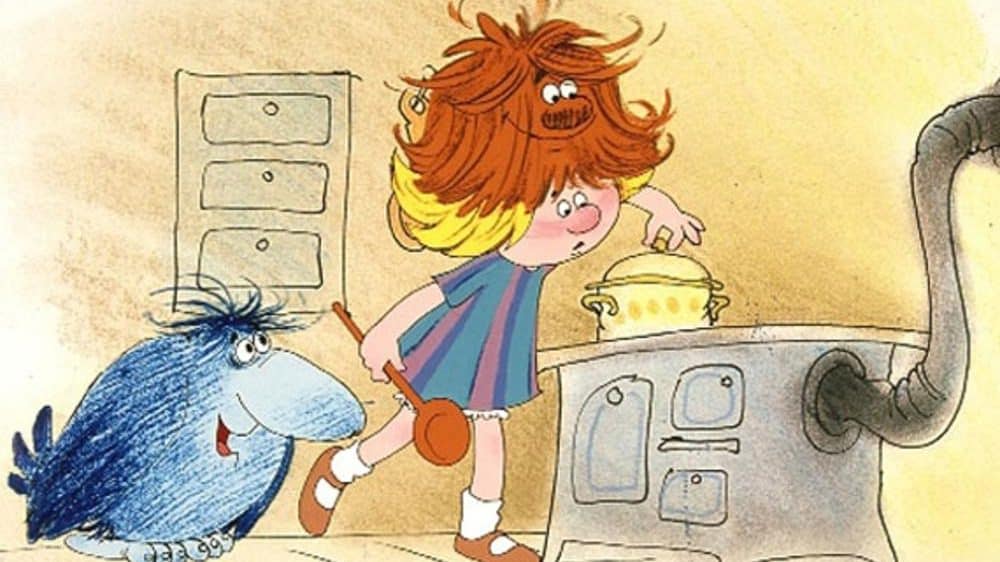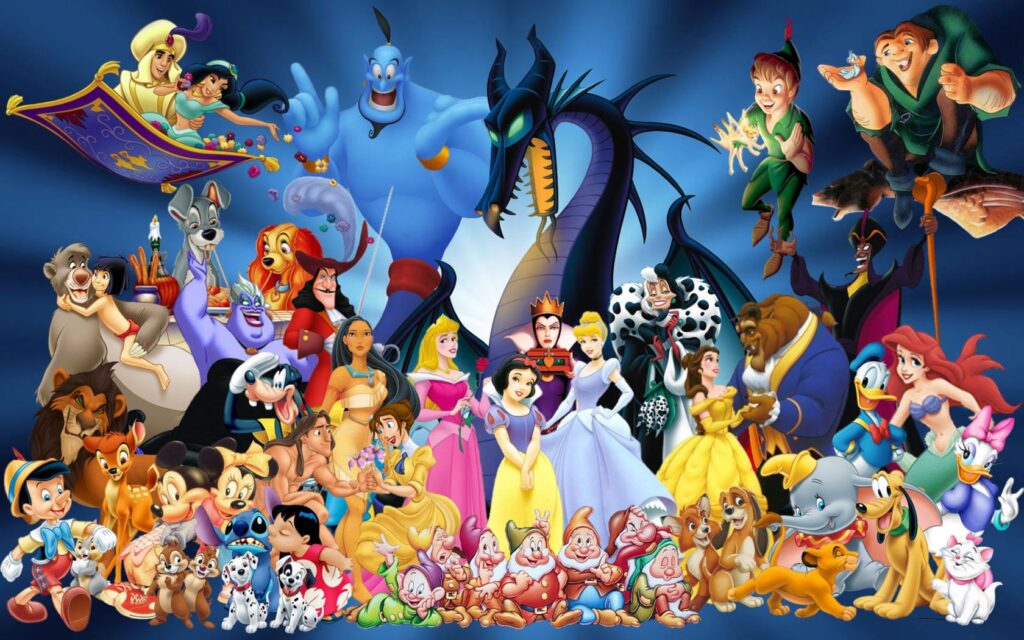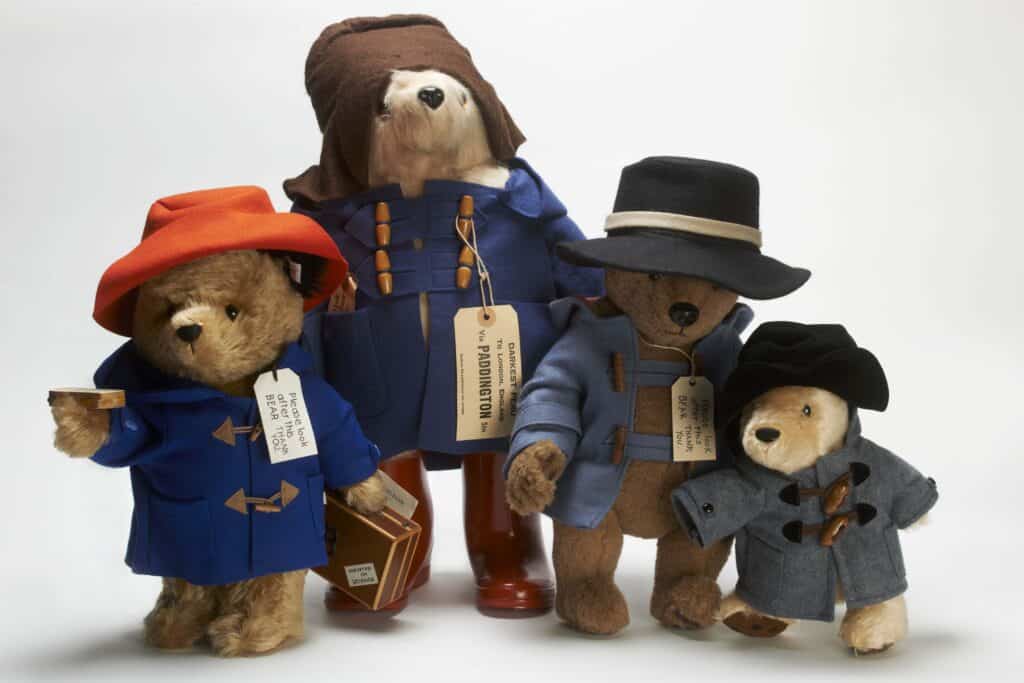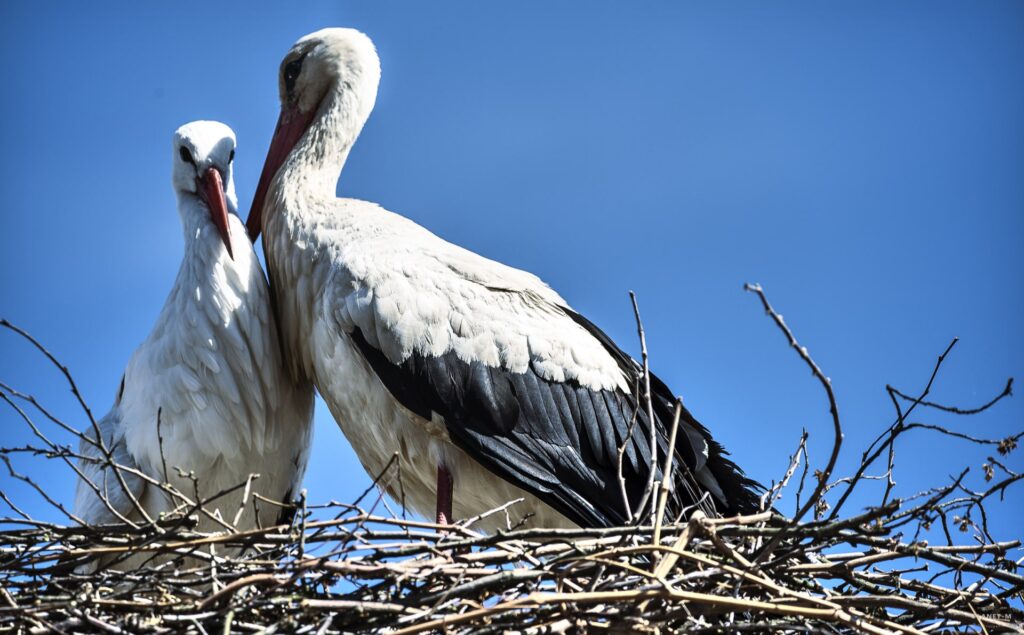It is very often claimed that everything used to be better in the past, and although it is not the case for all aspects of life, this statement is absolutely valid for Hungarian cartoons and folk tales. Hungarian animated movies, broadcast between the 1970s and 1990s, enjoyed enormous popularity, and several generations were brought up watching traditional stories like the Mézga family or the adventures of Pom Pom. Hungary-produced all-time favourite fairy-tales still evoke happy and nostalgic feelings in many Hungarians. At the same time, however, they also fill the hearts of many with sorrow, because they are no longer broadcast on TV, or only some modern version of them can be seen, that has nothing to do with the original one. As many might think, the Golden Age of the legendary Hungarian fairy-tale animation production was between the 1970s and 1990s, after which the cartoons broadcast on international TV channels started to compete with our beloved cartoons. For today’s generation, the title of cartoons like Pom Pom, The Great Angler (A nagy ho-ho-ho horgász) or Frakk, the Terror of Cats, means nothing, but for those whose bedtime story was one of these, they have great importance.
Let’s go back in time a bit and recall some of our greatest childhood memories with Hungarian cartoons.
1. THE TALES OF POM POM

The sweet Hungarian cartoon, directed by Attila Dargay and written by István Csukás and Ferenc Sajdik, is composed of 2 series released in 1978 and 1981. The cartoon follows the adventures of Pom Pom, a wig-like character, and Picur, a schoolgirl. On her way to school, each morning, Picur meets Pom Pom who entertains the girl with interesting stories about various creatures, like Arthur Dumpling (Gombóc Artúr).
2. FRAKK, THE TERROR OF CATS
This Hungarian cartoon of great success was made by Ágnes Bálint and was first broadcast in 1971. The central character of the television show is Frakk, the lovable dog of Uncle Charles (Károly bácsi) and Aunt Irma (Irma néni) who also have a black and a white cat, Lucretia (Lukrécia) and Serena (Szerénke). The three pets constantly get into a fight with one another, and while Aunt Irma stands by the cats, Uncle Charles always favours Frakk.
3. SÜSÜ, THE DRAGON
The beloved puppet show was on television between 1977 and 1984 and was made by the Hungarian Television (MTV). Written by István Csukás and directed by Attila Szabó, the story of the little green dragon was a huge success. In contrast to other dragons, Süsü has only one head, and he is a soft–hearted creature who, because of curing his enemy, is disinherited. Forced to live among humans, he befriends a young prince who unlike other people, is not afraid of the dragon. The cartoon follows the adventures of the two protagonists as they try to get into the palace to propose to the princess.
4. THE GREAT ANGLER (A NAGY HO-HO-HO HORGÁSZ)
Another successful cartoon written by István Csukás and Ferenc Sajdik is the story of The Great Angler that is composed of 2 series. First appearing in 1982, then in 1988, the story about the much-devoted angler and his friend, the Főkukac, who is, in fact, a giant worm, exemplifies that no obstacle can stand in the way of dedicated individuals. Be it summer or even cold winter, the protagonist tries to catch fish in an aquarium, from the top of a roof or even from the bathtub.
5. THE MÉZGA FAMILY
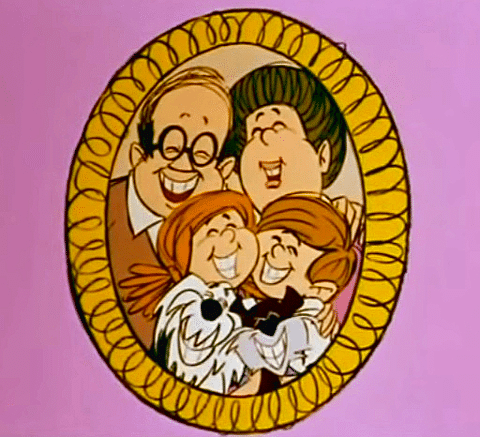
Being one of the most popular Hungarian cartoons in the ’60s, the ’70s and the ’80s it was not surprising that the series was broadcast again in 2004. It was written by József Romhányi and József Nepp, the latter also being the director of it with Béla Ternovszky. The story was also successful in Germany, Bulgaria, Italy, France and in other countries besides Hungary. As for the family members, Géza and Paula are the parents, while Aladár (12) and Kriszta, a teenage girl, are their children. Aladár likes fiddling with all kinds of technological gadgets that can make space voyages possible. However, due to the inability of his family to properly use these objects, they always get into trouble and without surprise, it is Aladár who has to rescue the family with his loyal friend, Blöki, the dog.
6. NEXT, PLEASE!
The famous short cartoon of Dr. Bubó, made by the Pannónia Film Studio, is composed of 3 series aired between 1975 and 1986. The story is about an owl, called Dr. Bubó, who has a consulting room in a lair where he treats the patients of the forest with Ursula, his loyal assistant. His patients usually suffer from psychological problems, but the diagnosis of the doctor is mostly way off that composes the central humour of the story.
It is sometimes good to go back in time, and watching these cartoons, we can recall some great childhood memories that we cherish. Hopefully, other legendary Hungarian cartoons are going to be produced soon, so that future generations can also be raised up watching films that will provide lifelong memories to them.
source: dailynewshungary.hu
Cartoon Who is Who?
1. A boy who has a dog and likes to invent new gadgets and things.
2. It is like a mop or a wig and can tell interesting stories to a little girl on her way to school.
3. A bird who claims that it can heal but very often its diagnosis is wrong. Its assistant is a deep-voiced female bear.
4. His passion is to catch fish wherever he is, but he doesn’t it the fish he catches.
5. A vizsla dog living together with two lazy cats and two elderly adults.
6. A kind creature who doesn’t do any harm to anyone but people are afraid of him.
Key
1. Mézga Aladár
2. Pom Pom
3. Doktor Bubó
4. The Great Angler
5. Frakk
6. Süsü
Vocabulary
it is claimed | azt állítják, azt mondják |
valid | igaz, érvényes |
to broadcast | sugározni, leadni |
to evoke | kelteni, ébreszteni |
sorrow | szomorúság, bánat |
beloved | szeretett |
to recall | visszaemlékezni, felidézni |
to release | kiadni, forgalomba hozni |
wig | paróka |
to favour | előnyben részesíteni, favorizálni |
in contrast to | valamivel ellentétben |
soft-hearted | lágyszívű |
to cure | meggyógyítani |
to disinherit | kitagadni |
to befriend | összebarátkozni valakivel |
protagonist | főszereplő |
angler | horgász |
worm | kukac |
to exemplify | szemléltetni, példázni |
obstacle | akadály |
to fiddle | babrálni, bigyózni |
gadget | kütyü |
to rescue | megmenteni |
loyal | hűséges |
owl | bagoly |
lair | odú |
way off | elhibázott, hibás |
to cherish | dédelgetni, jó szívvel gondolni rá |

